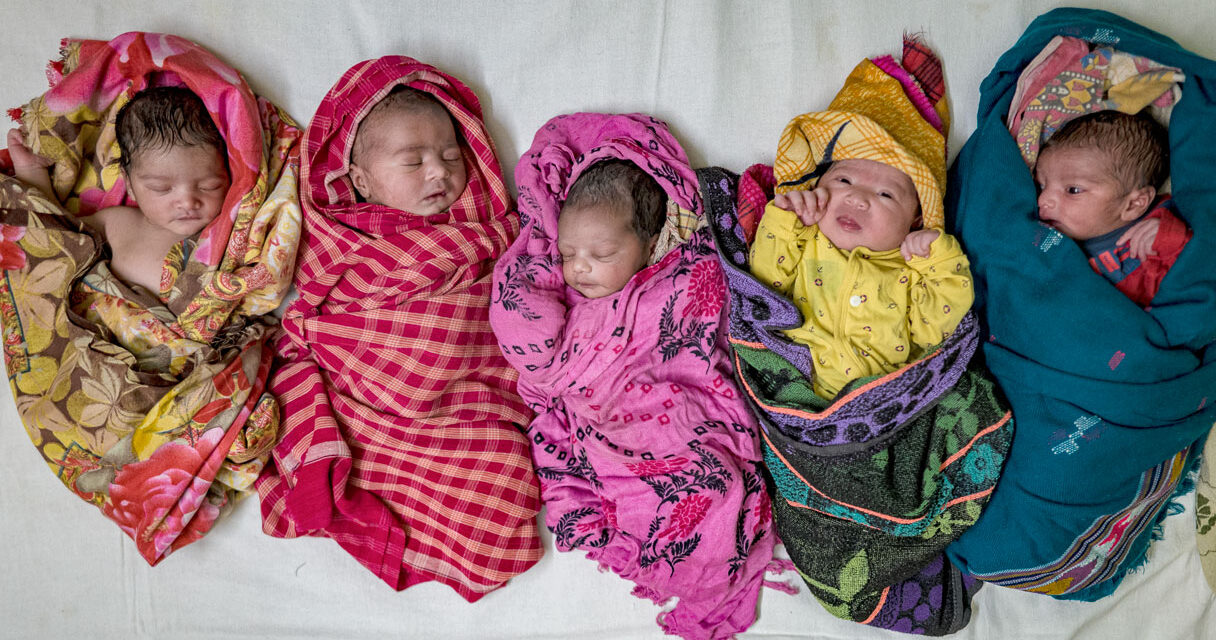A groundbreaking study, published in Indian Pediatrics in 2024, introduces updated anthropometric growth references for children and adolescents in India. Drawing data from four major Indian surveys—NFHS-3, NFHS-4, NFHS-5, and the Comprehensive National Nutrition Survey (CNNS)—the study aims to provide a more accurate understanding of growth patterns, specifically for healthy children according to the World Health Organization’s (WHO) Multicentre Growth Reference Study (MGRS) criteria.
Key Findings:
The updated growth references reveal consistently lower distributions across several key metrics for Indian children compared to the WHO global standards. These include:
- Height-for-Age (up to 19 years)
- Weight-for-Age (up to 9 years)
- Weight-for-Height (under five years)
- BMI-for-Age (for children aged 5-19 years)
In particular, the study shows that estimates for growth faltering, based on these new references, are more than 50% lower than those derived from WHO standards. This finding suggests that WHO’s global standards may overestimate the extent of undernutrition in Indian children.
Implications for Policy and Public Health:
The study raises concerns that the WHO standards might mislead public health policies and interventions in India by overestimating undernutrition. The findings highlight the importance of using localized growth references to accurately reflect the growth patterns of Indian children and adolescents. According to the study authors, incorporating these new references could help improve the accuracy of growth faltering estimates and ensure better-targeted health policies.
These updated references underscore the necessity for growth metrics tailored to the specific demographic and environmental conditions of India. The study calls for a shift in clinical practice and public health policy to incorporate these findings, as they more closely align with the actual growth patterns of Indian children.
Disclaimer: The conclusions drawn in this study are based on data from Indian national surveys and may not reflect global trends. Public health decisions should consider local population characteristics, and the findings should be interpreted in the context of Indian-specific growth patterns.












